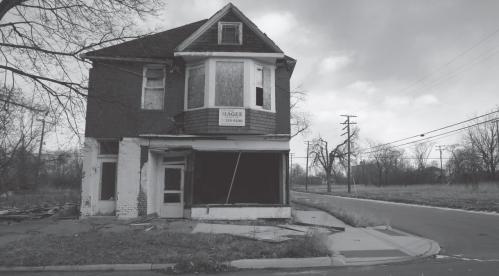Abstract
Despite the political rhetoric of “making work pay,” in 2005 some 3.7 million households included a full-time worker and yet lived in poverty. Our paper makes the case for a national program offering the kind of work supports that were part of the New Hope program, a policy experiment that operated for three years in Milwaukee, Wisconsin in the mid- to late-1990s. New Hope was created by a coalition of community activists and business leaders. It provided a set of work supports for full-time workers—parents and nonparents, men and women—that would lift them out of poverty, ensure that they had access to quality child care and health insurance and, if needed, provide a temporary community service job to help get them on their feet.
A random-assignment evaluation of New Hope showed that the program reduced poverty, increased employment and, perhaps most importantly, boosted the achievement and positive behavior of children. We estimate that a scaled-up New Hope program would cost roughly $3,300 per participant per year and that, with reasonable assumptions regarding the valuation of child impacts, would yield benefits well in excess of costs.
Evidence from other states and two Canadian provinces suggest that New Hope could be implemented by states. Given the different ways in which states would likely implement the New Hope model to fit their unique needs and delivery systems, we propose a fiveyear demonstration and evaluation in five states.
- View dicussion paper >> (pdf)
- View policy brief >> (pdf)
- View presentation >> (pdf)




